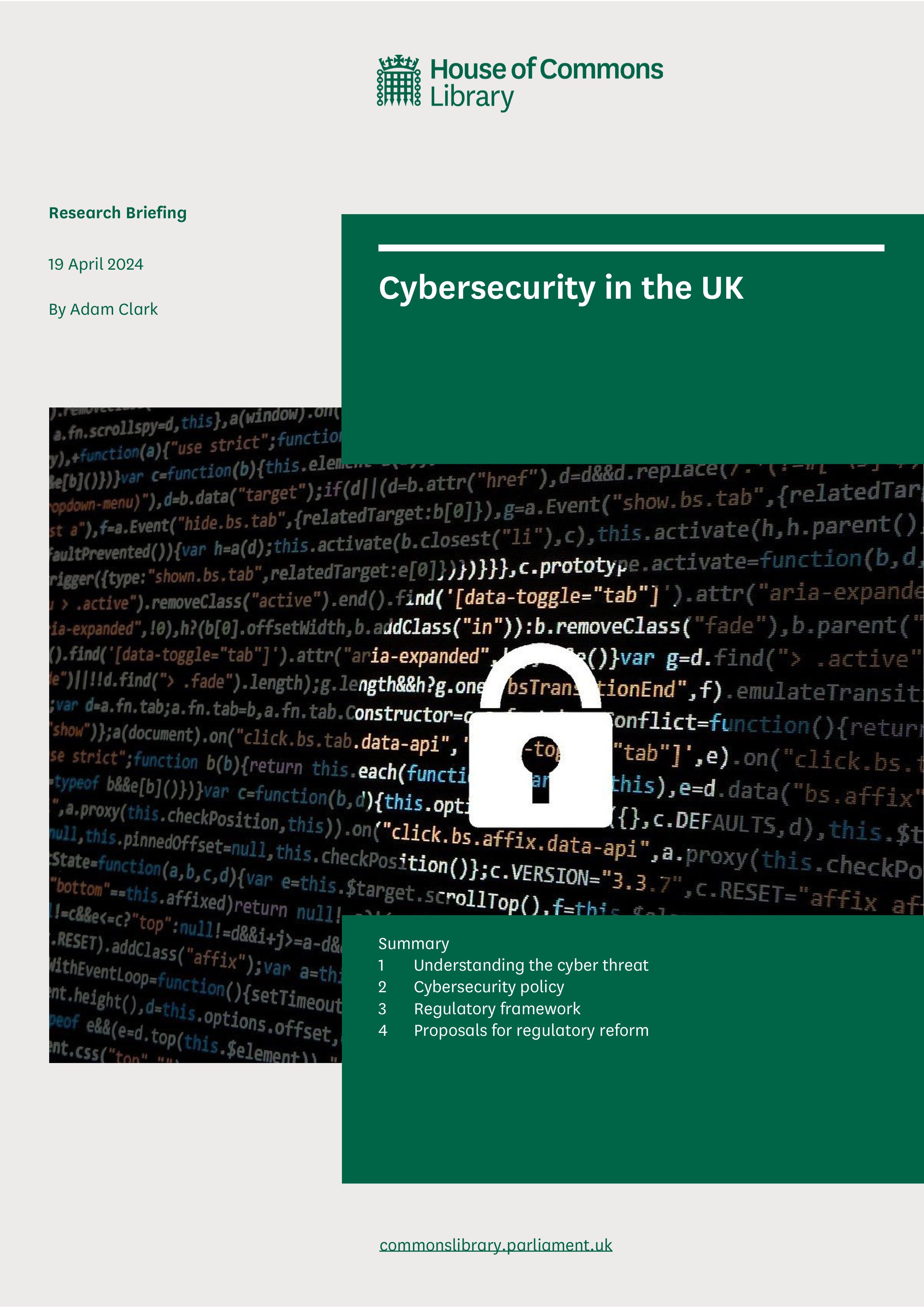By Mélanie S.S. Seabrook, Alex Luscombe, Nicole Balian, Aisha Lofters, Flora I. Matheson, Braden G. O’neill, Akwasi Owusu-Bempah, Navindra Persaud, Andrew D. Pinto
This longitudinal study found no consistent correlations between increased police spending and municipal crime rates.
The analysis found that police services are a top budget priority in most municipalities, with up to 26 percent of total expenditures allocated to police. However, the findings revealed net increases in per capita spending are not associated with larger reductions in crime rates.
The authors examined budgets of 20 urban municipalities in Canada: Toronto, Montreal, Peel Region, Calgary, York Region, Edmonton, Ottawa, Winnipeg, Vancouver, Waterloo Region, Surrey, Quebec City, Hamilton, Halifax, Laval, London, Gatineau, Saskatoon, Burnaby, and Longueuil.
The study looked at police funding and how it varies across Canadian municipalities over a long period of time. The data from 2010 to 2020 showed wide differences in spending. For example, Vancouver spent more than double per capita on policing in 2019 than Quebec City, highlighting the complexity of the interactions between crime rates and police funding.
Other studies have also had mixed results regarding the relationship between police funding and crime. A A 2014 found no clear relationship between crime rates and per capita police expenditures in Canadian provinces, and a 2015 studyof 50 Canadian municipalities found that higher spending on police was associated with higher rates of violent crime, but the direction of the relationship was not established.
Research on police funding is limited in Canada, partly due to the lack of publicly available data on police spending. The study calls for improved publishing of police expenditure data, and for future research to examine whether funding decisions may be based on past crime rates and explore whether investments in police impact future crime rates.
Although the authors do not make specific policy recommendations regarding police budgets, the findings raise questions about the reasoning for such vast differences in police funding across the country despite overall downward crime rates.
Canadian Public Policy, Volume 49 Issue 4, December 2023, pp. pp. 383-398






















